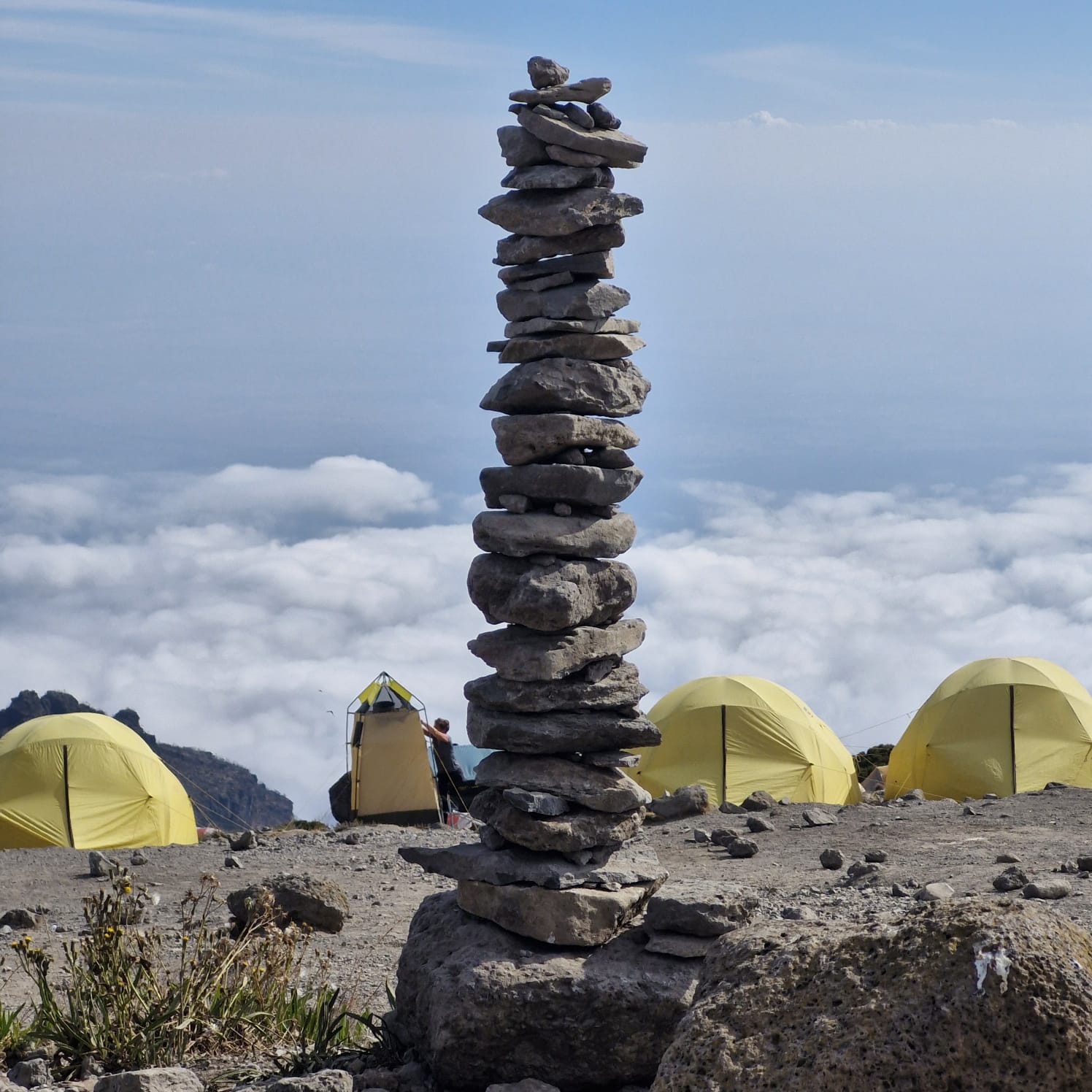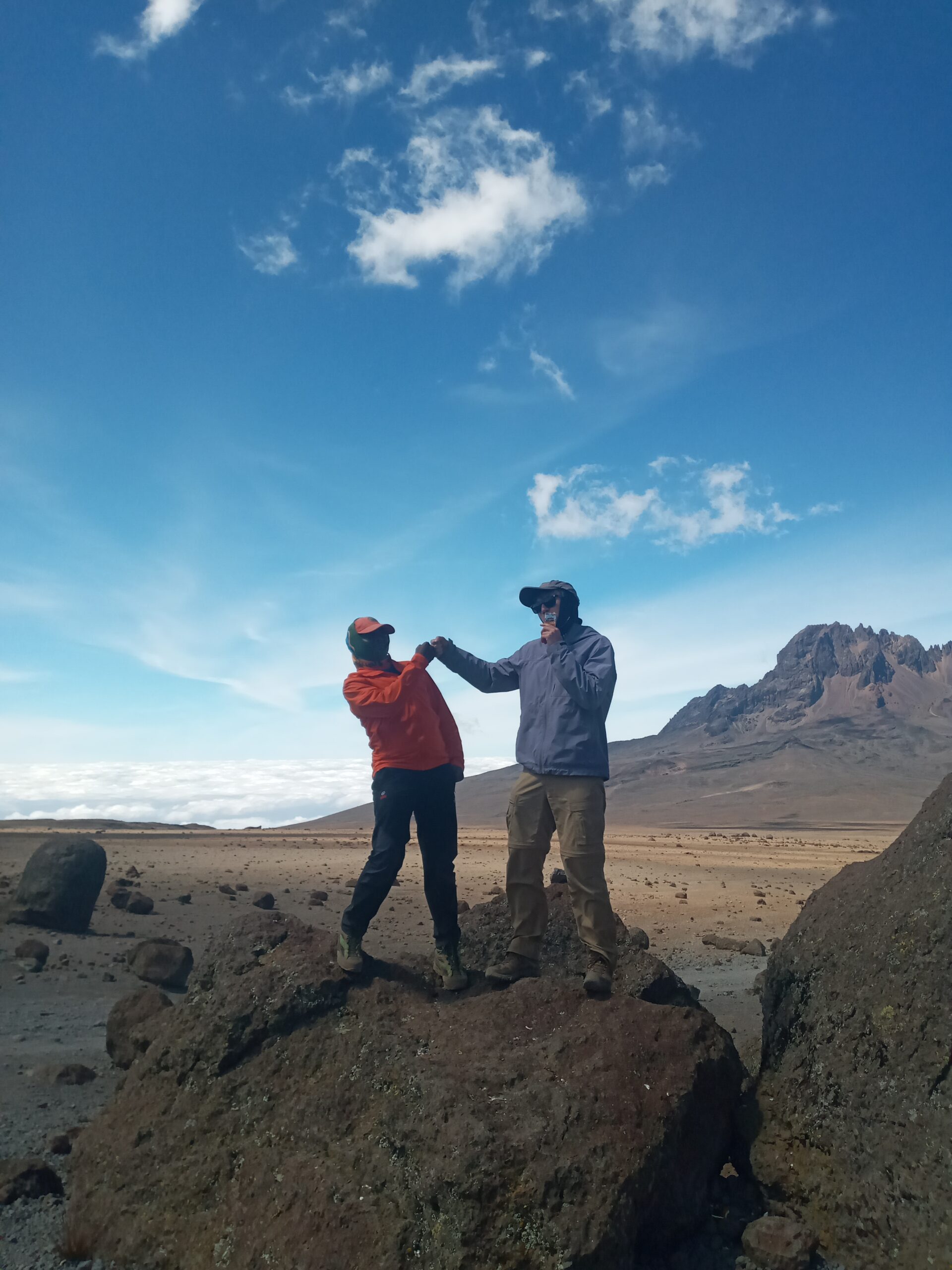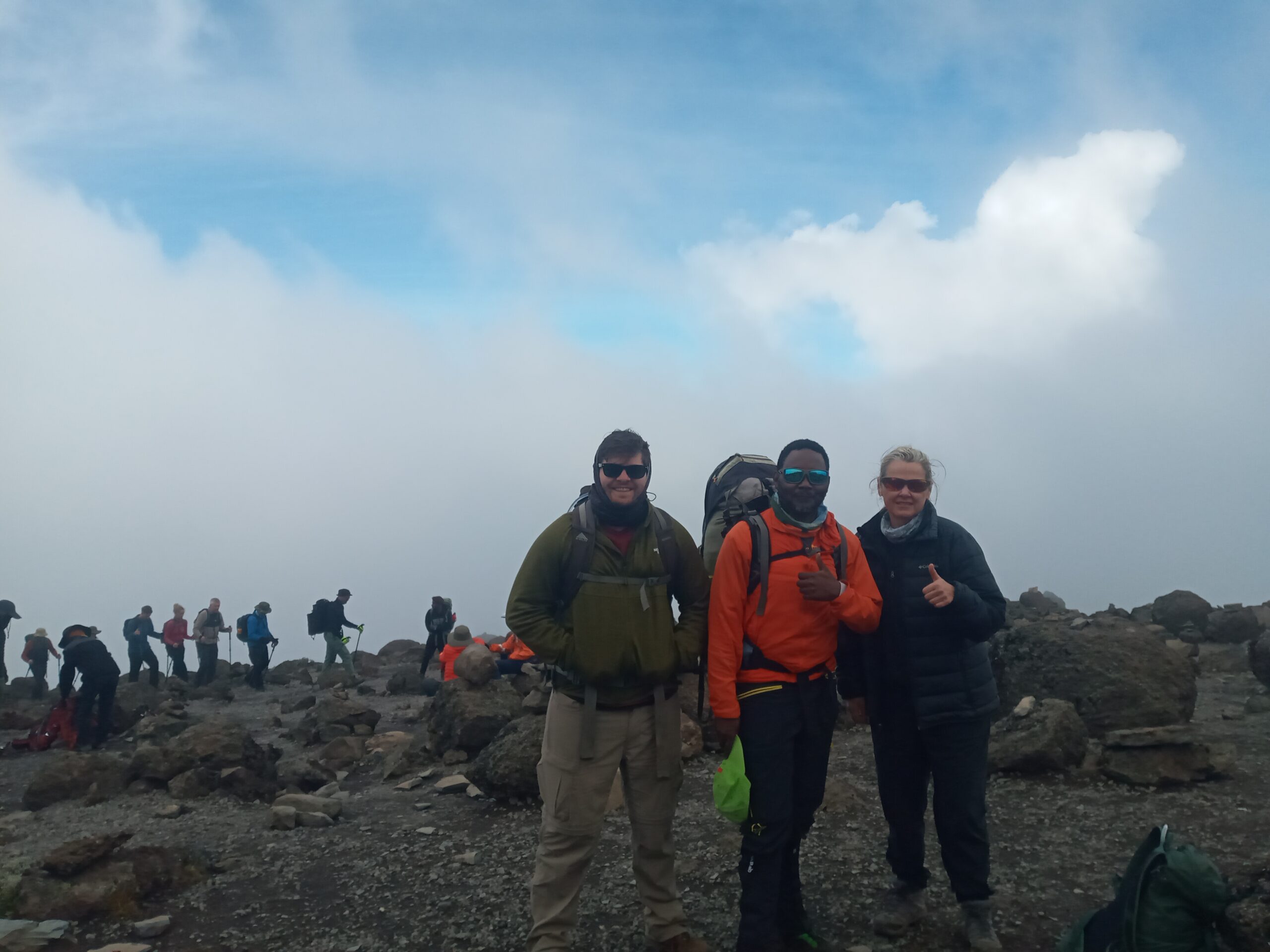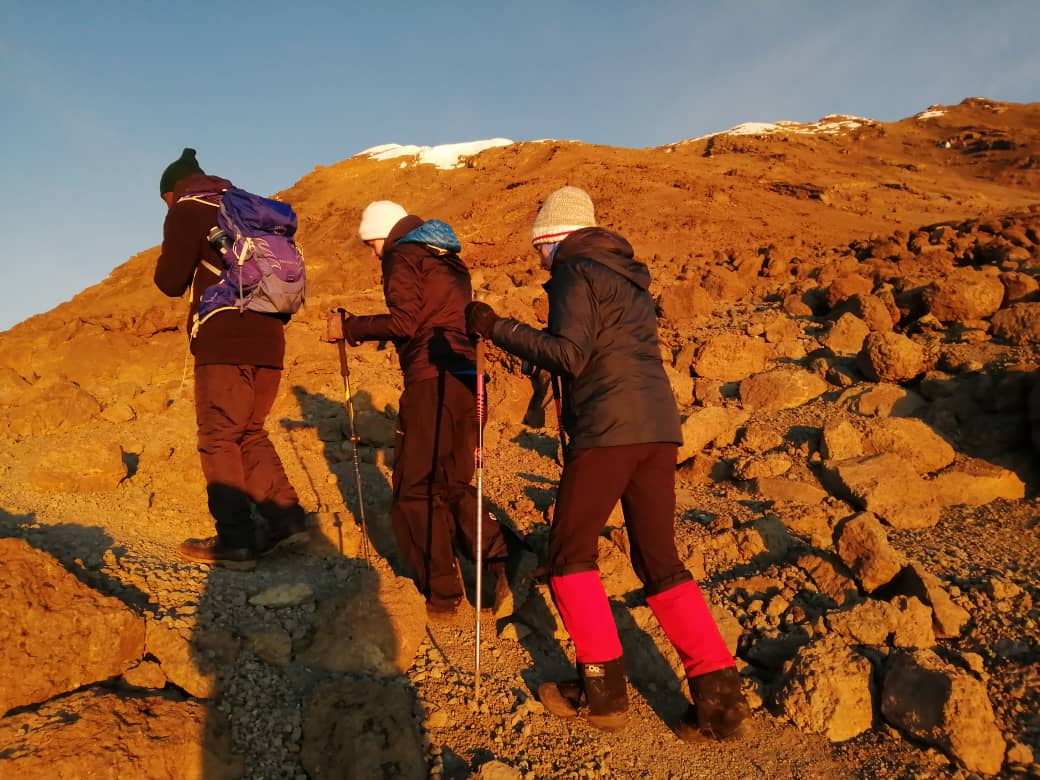Best Time to Climb Kilimanjaro
Kilimanjaro’s Seasons
Selecting the ideal time to climb Mount Kilimanjaro is a critical decision that enhances safety, enjoyment, and the likelihood of reaching the summit. At Discount Treks, under the experienced leadership of our guides, we recognize that timing significantly influences weather conditions, trail traffic, and overall success rates. Positioned near the equator, Kilimanjaro experiences a distinctive climate characterized by two dry seasons and two wet seasons, each presenting unique opportunities depending on your preferences and objectives. This page provides a comprehensive guide to the best periods for climbing, an analysis of seasonal weather patterns, and essential factors to consider, ensuring you’re fully equipped to plan your ascent to the Roof of Africa with us.

Overview of Kilimanjaro’s Seasons
Kilimanjaro’s weather is shaped by its equatorial location and dramatic elevation, which spans five distinct climate zones from tropical rainforest to arctic summit conditions. Tanzania’s annual climate cycle features two dry seasons and two wet seasons that define the climbing calendar. The long dry season runs from June to October, followed by a short wet season from November to December. The short dry season occurs from January to March, with the long wet season spanning April to May. While Discount Treks operates expeditions throughout the year, the dry seasons are generally considered the most favorable for climbing due to their stable and predictable conditions.
Best Times to Climb
The long dry season, from June to October, is widely regarded as the peak climbing period. During these months, the weather is cool, dry, and clear, with daytime temperatures ranging from 20-27°C (68-80°F) at lower altitudes and dropping to -5°C to -20°C (23°F to -4°F) at the summit. Rainfall is minimal, and visibility is exceptional, making it an ideal time for all routes, particularly for capturing stunning views of Kibo and Mawenzi peaks. This season attracts the most climbers, especially in July and August, leading to busier trails and campsites, such as the huts on the Marangu Route, and slightly higher costs due to demand. It’s perfect for first-time climbers, groups, and those who prioritize comfort and photographic opportunities, though early booking with Discount Treks is advised to secure your spot amidst the crowds.

From January to March
From January to March, the short dry season offers another excellent window for climbing. This period brings warmer temperatures, with daytime lows reaching 25-30°C (77-86°F) at the base and -5°C to -15°C (23°F to 5°F) at the summit, alongside mostly clear skies. Occasional brief showers may occur in March, but conditions remain largely stable. With fewer climbers than the peak season, this time provides a quieter experience and is well-suited for those seeking solitude and flexibility. The warmth and reduced traffic make it an appealing choice for routes like Lemosho or the Northern Circuit, and Discount Treks ensures a seamless trek with tailored support during this secondary peak season.
Other Times to Climb
The short wet season, spanning November to December, serves as a shoulder period with distinct characteristics. Warm temperatures prevail, ranging from 22-28°C (72-82°F) at lower elevations to -5°C to -15°C (23°F to 5°F) at the summit, but frequent afternoon showers and cloudy skies are common. This season sees fewer climbers, resulting in peaceful trails and lush greenery in the rainforest zone, often accompanied by potential cost savings. However, rain can make trails muddy and challenging, particularly on tented routes like Rongai or Lemosho, and visibility may be limited at higher altitudes. It’s a viable option for budget-conscious travelers or experienced trekkers comfortable with wet conditions, and Discount Treks provides expert guidance and gear advice to ensure a rewarding climb.

From April to May
From April to May, the long wet season marks the off-season for Kilimanjaro. Heavy, consistent rainfall dominates, with daytime temperatures of 20-25°C (68-77°F) at lower levels and -10°C to -20°C (14°F to -4°F) at the summit, often accompanied by cloud cover and snow at higher elevations. This period offers the fewest climbers, vibrant landscapes, and the lowest rates, appealing to those craving solitude. Yet, the wet, slippery trails and cold summit conditions present significant challenges, increasing the risk of delays or altitude issues. It’s best suited for seasoned adventurers, and Discount Treks’ team ensures safety and preparedness, though prior trekking experience is recommended for this rugged time.
Key Factors to Consider
Several factors should guide your timing decision. Acclimatization is critical, and longer routes like the 8-9 day Northern Circuit benefit from dry seasons, allowing gradual altitude adjustment and boosting summit success—Discount Treks achieves over 95% success rates during these periods. Trail crowds vary significantly; peak seasons see 100-150 climbers daily on routes like Marangu, while off-seasons drop to 20-50, ideal for those seeking a quieter ascent. Route choice also matters—Marangu’s huts offer shelter in wet seasons, whereas tented routes like Lemosho or Rongai thrive in dry weather; our team can help align your timing with the perfect path. Fitness and experience influence suitability, with dry seasons accommodating all levels and wet seasons demanding greater resilience.

